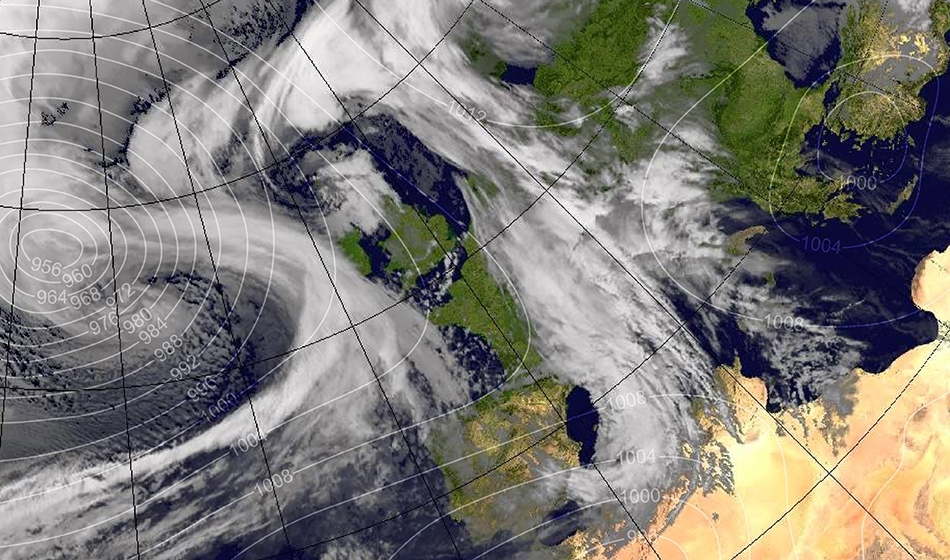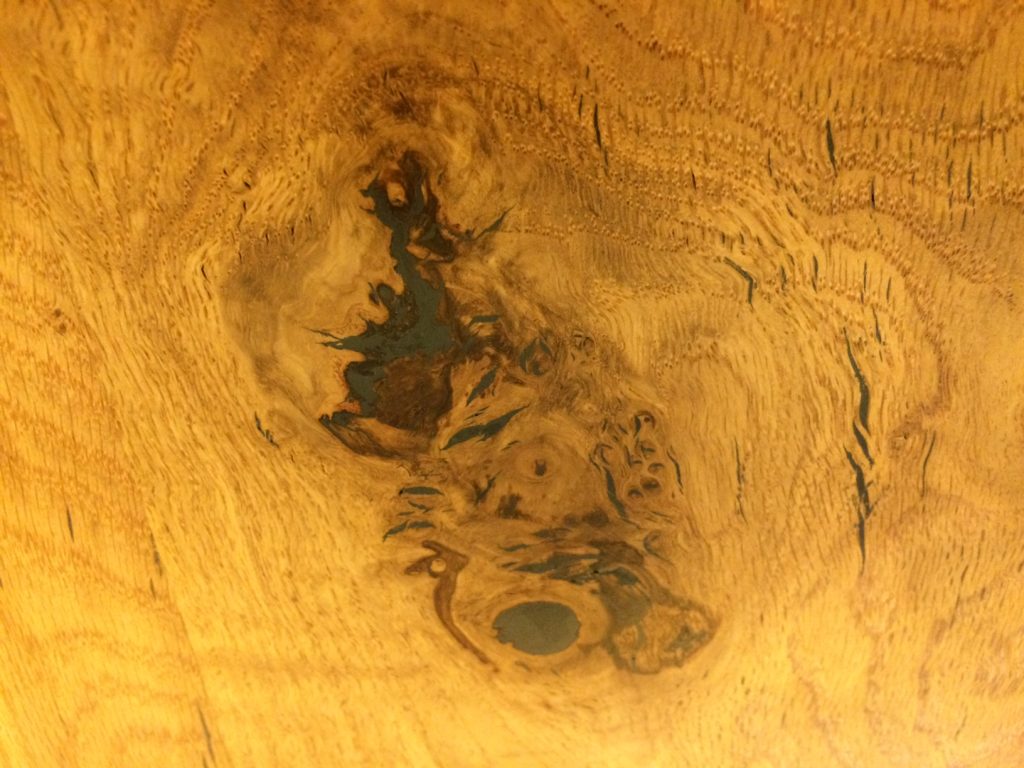
Storm Connor over the British Isle (Jan 2016)
Storm Connor blasted the North-East of Britain with 90 mph winds over the Christmas holidays, just days before the fifth anniversary of Cyclone Andrea. Over the same period the Arctic ice sheet was at its lowest ever winter extent since records began in 1978 and snow fell in the heart of the Sahara desert for the first time in 37 years.
Scientists predict that extreme weather will become more frequent and that in future we can expect wild fluctuations in the climate across the globe. Adapting to this unpredictable weather, and the resulting flooding, drought and fires, is likely to be the greatest challenge facing life on Earth.
The key to adaptability is diversity. We are unable to predict what landscapes, species or gene pools are going to be essential for rebuilding ecosystems affected by traumatic disturbance. Nor are we able to say what creativity or particular skill-sets may be needed to help society survive a climate-challenged future. Best to heed the words of Aldo Leopold who said ‘to keep every cog and wheel is the first precaution of intelligent tinkering’.
Foremost among the creative crafts that we must protect to future-proof our planet is working with wood, especially the making of enduring furniture which has the unique ability to capture carbon in perpetuity and thus contribute to establishing a more stable environment to the benefit of all life.
The After the Storm exhibition, currently showing in the John Hope Gateway until May, presents examples of work from Scotland’s finest furniture makers and designers. All of the pieces in the exhibition are made from storm damaged timber from the RBGE and all of them are destined to become heirloom pieces. Now take the price of each unique piece, next divide by the number of years it will continue to give enjoyment to generations of owners and then appreciate the value for money that bespoke, hand-crafted furniture represents!

Detail from Simon Whatley’s Span Table (2016)
